Texto en español más abajo
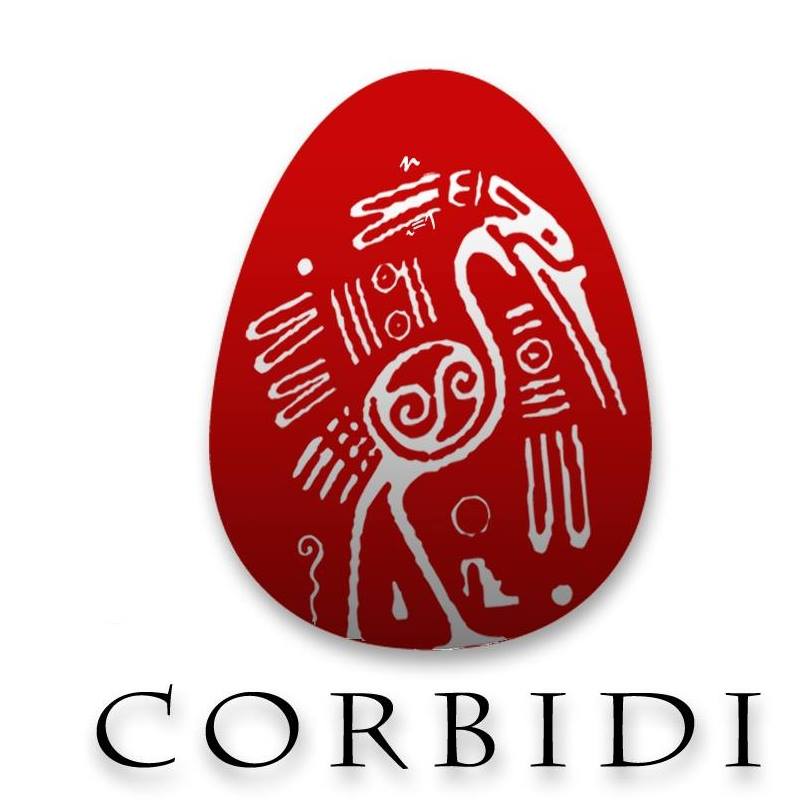
CORBIDI (Centro de Ornitología y Biodiversidad) is a Peruvian non-profit association created in 2006. Its goal is to develop foundations that support biodiversity conservation. Composed of experienced professionals, it specializes in wildlife assessments, particularly in ornithology. Its biologists, forest engineers, veterinarians, graduates, students and volunteers are dedicated to the study, research and conservation of natural resources in Peru.
The NGO’s institutional objectives are to: 1) Participate and implement scientific research projects; 2) Promote environmental conservation, interacting with public and private specialized centres to develop harmonized policies in areas of biodiversity conservation; and 3) Promote and disseminate criteria to raise awareness of the need for the protection and conservation of natural resources.
ACAP Latest News reached out to CORBIDI to gain its support for the inaugural World Albatross Day on 19 June. In reply, CORBIDI’s Principal Researcher, Fernando Angulo writes (in translation) that:
“Peru, despite being a country with a high diversity of albatrosses and petrels does not pay them proper attention. The habits of these birds, of using the open sea and only approaching the coast, makes them not well known in the popular imagination. That is why events and initiatives aimed at raising their profile and making them more well-known, and learning of their conservation problems, are welcome. From CORBIDI, we want to get involved and support such initiatives.”

CORBIDI members on a birding excursion
CORBIDI has been holding a series of on-line talks as part of the Cornell Lab of Ornithology’s Global Big Day, held on 9 May, when it was planned to collect 100 000 bird checklists globally in one day via eBird.
Within Peru support for ‘WAD2020” has also come from Pro Delphinus, an NGO that conducts research and conservation of threatened and endangered marine turtles, marine otters, seabirds and sharks in Peruvian waters.
With thanks to Fernando Angulo Pratolongo, Principal Researcher, Centro de Ornitología y Biodiversidad (CORBIDI), Peru
Verónica López, Chair, ACAP World Albatross Day Intersessional Group & John Cooper, ACAP Information Officer, 14 May 2020
Centro de Ornitología y Biodiversidad (CORBIDI) DE Perú ofrece su apoyo para el Día Mundial del Albatros
CORBIDI (Centro de Ornitología y Biodiversidad) Es una Asociación sin fines de lucro creada en el año 2006. Esta integrada por profesionales experimentados especializados en evaluaciones de fauna silvestre, particularmente en Ornitología (biólogos, ingenieros forestales, veterinarios, graduados, estudiantes y voluntarios); dedicada al estudio, investigación y conservación de los recursos naturales en el Perú.
Tiene como objetivos institucionales, 1) Participar y ejecutar proyectos de investigación científica, 2) Promover la conservación del medio ambiente, interactuando con centros especializados como entidades públicas y privadas para desarrollar políticas armonizadas en ámbitos de la conservación de la biodiversidad; y, 3) Promover y difundir criterios para crear conciencia de protección y conservación de los recursos naturales, ejecutando proyectos de investigación.
CORBIDI respondió el llamado de ACAP para apoyar el Día Mundial del Albatros a realizarse por primvera vez el 19 de junio del presente año. En respuesta, el investigador principal de CORBIDI, Fernando Angulo, escribe que:
“El Perú, a pesar de ser un Pais con una alta diversidad de albatros y petreles, no se les presta la atencion debida. Las costumbres de estas aves, de usar el mar abierto y acercarse timidamente a la costa, hace que no estén en el imaginario popular. Es por ello, que eventos e iniciativas destinadas a levantar su perfil y hacerlas más notorias, conocidas, y aprender de sus problemas de conservacion, son bienvenidas. Desde CORBIDI, queremos involucrarnos y apoyar estas inciaitivas.”
CORBIDI ha estado llevando a cabo una serie de charlas en línea como parte del Gran Día Global de conteo de aves “Big Day”del Laboratorio de Ornitología de Cornell el 9 de mayo, cuando se planea recolectar 100 000 listas de verificación de aves en todo el mundo en un día a través de eBird.
En Perú, el apoyo para ‘WAD2020” también provino de Pro Delphinus, una ONG que lleva a cabo investigaciones y conservación de tortugas marinas, nutrias marinas, aves marinas y tiburones amenazados y en peligro de extinción en aguas peruanas.
Con agradecimiento a Fernando Angulo Pratolongo, Investigador Principal, Centro de Ornitología y Biodiversidad (CORBIDI), Perú.
Verónica López, Presidenta, Grupo Intersesional del Día Mundial del Albatros de ACAP y John Cooper, Oficial de Información de ACAP, 14 de mayo de 2020
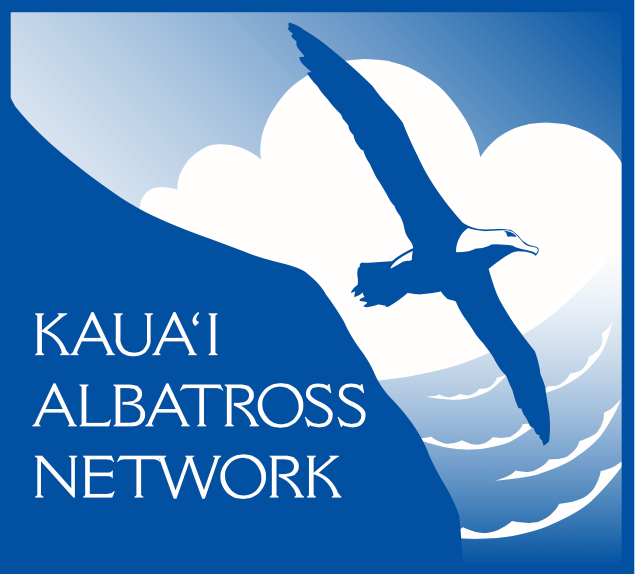
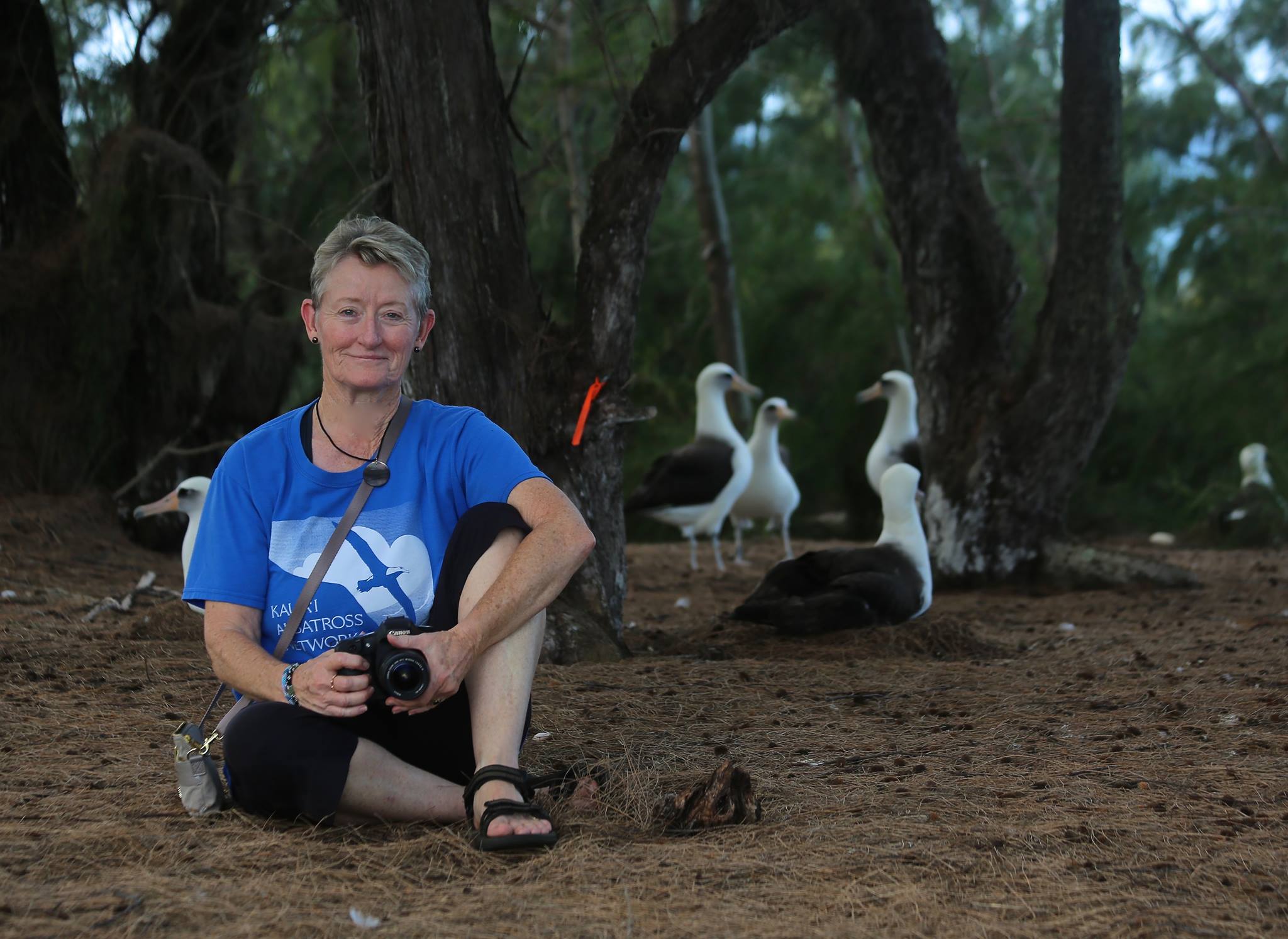

 English
English  Français
Français  Español
Español 

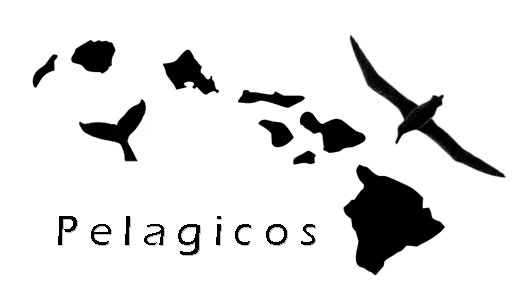
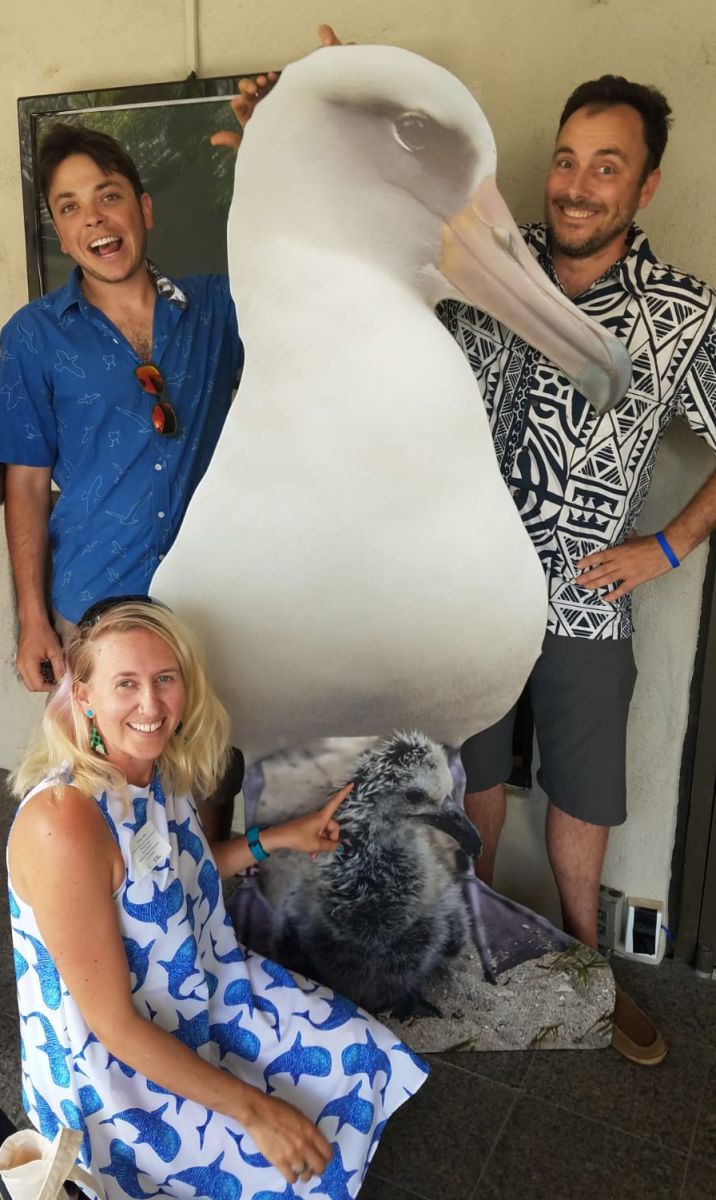
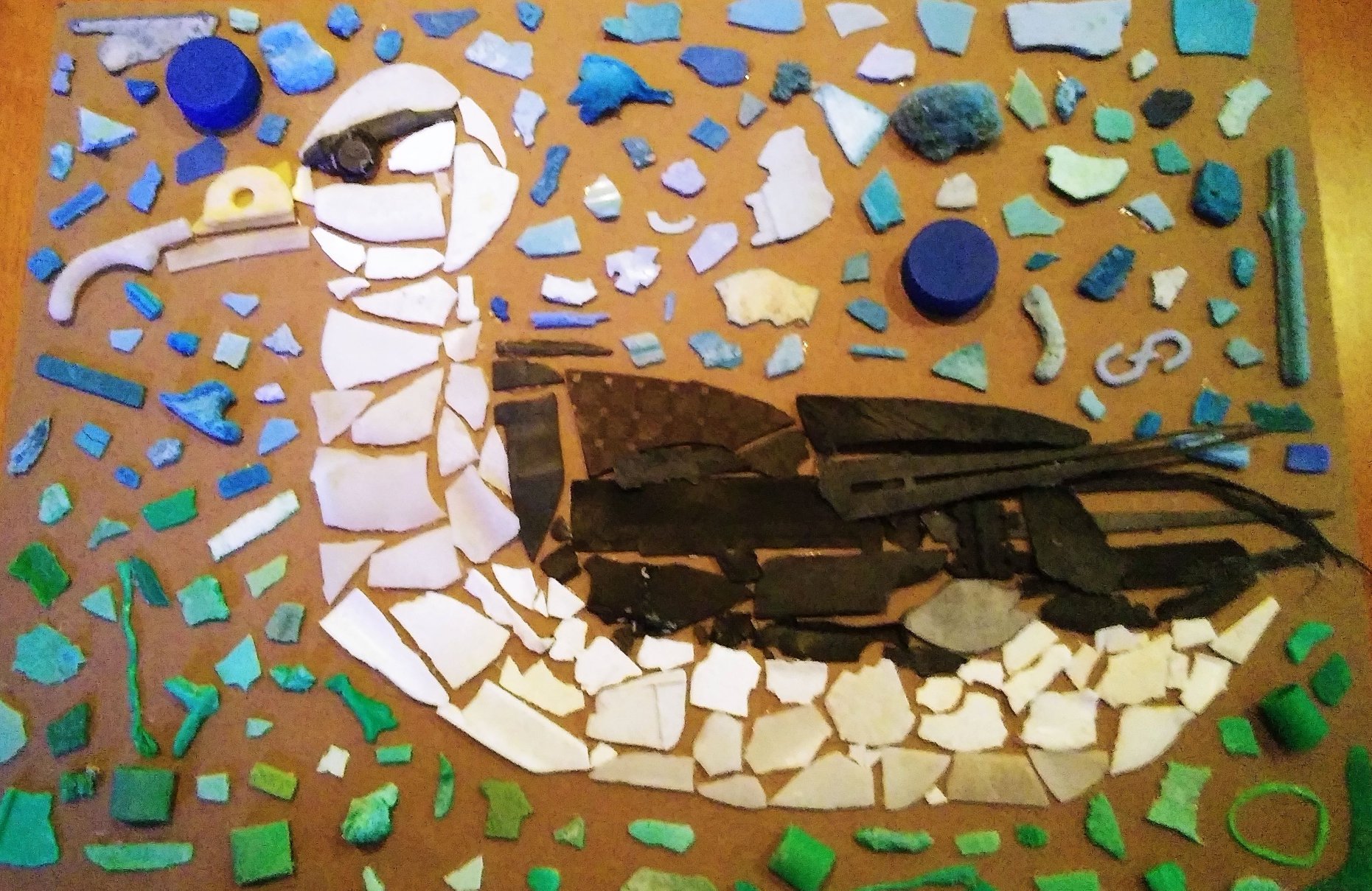 Laysan Albatross – marine debris collage. Courtesy of Pelagicos graduate student
Laysan Albatross – marine debris collage. Courtesy of Pelagicos graduate student 

